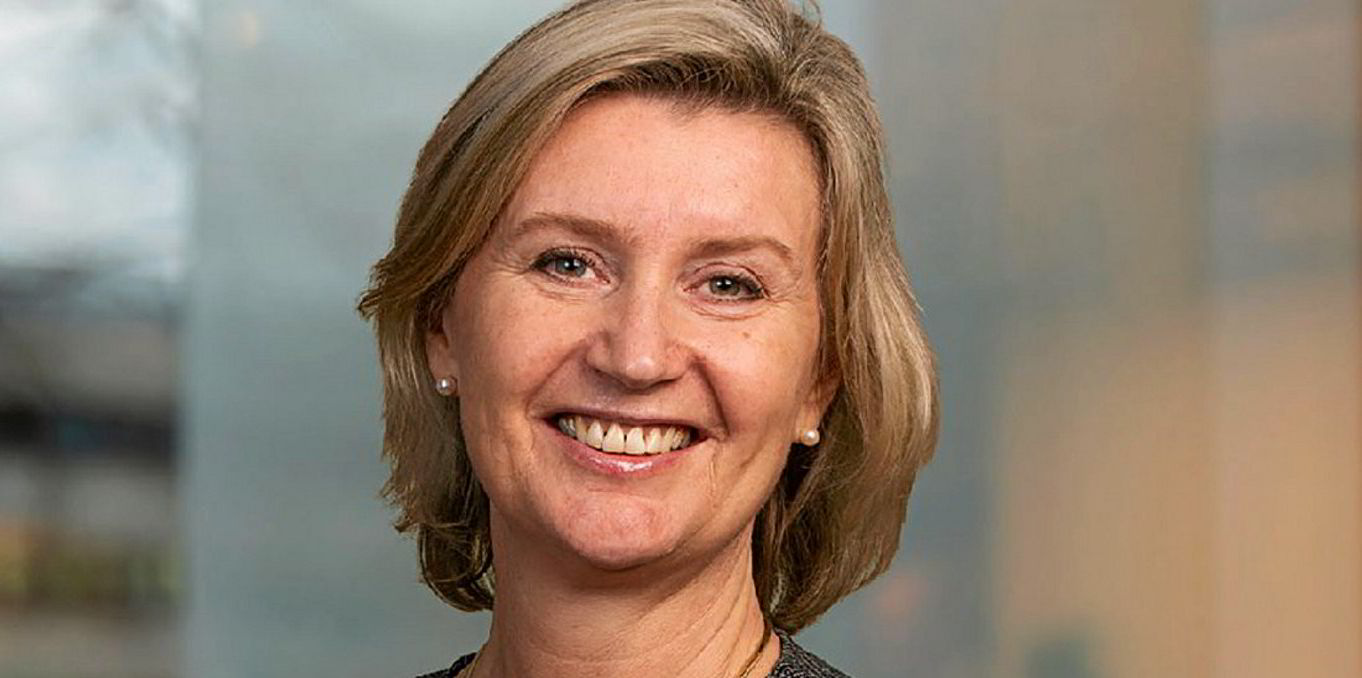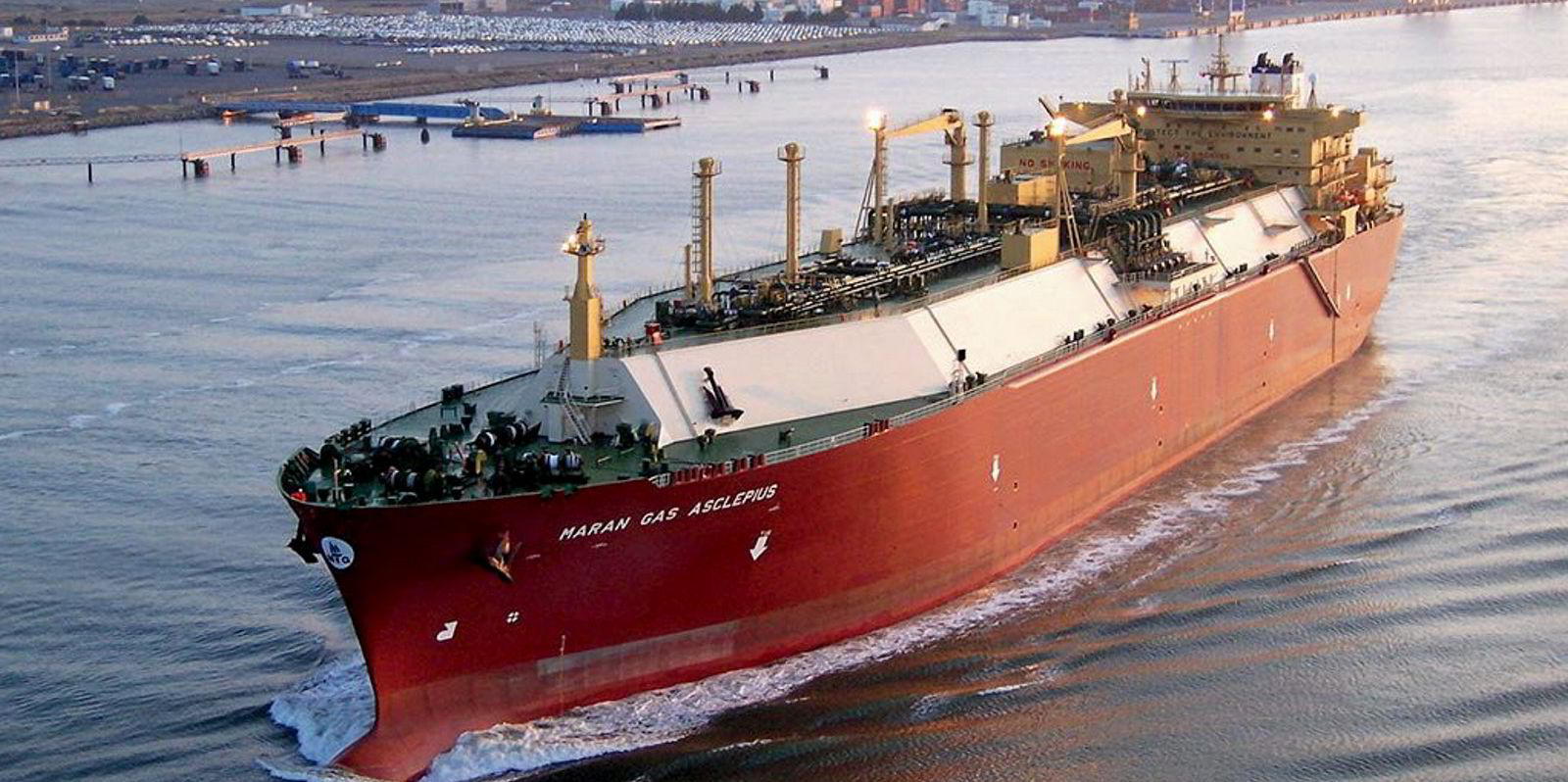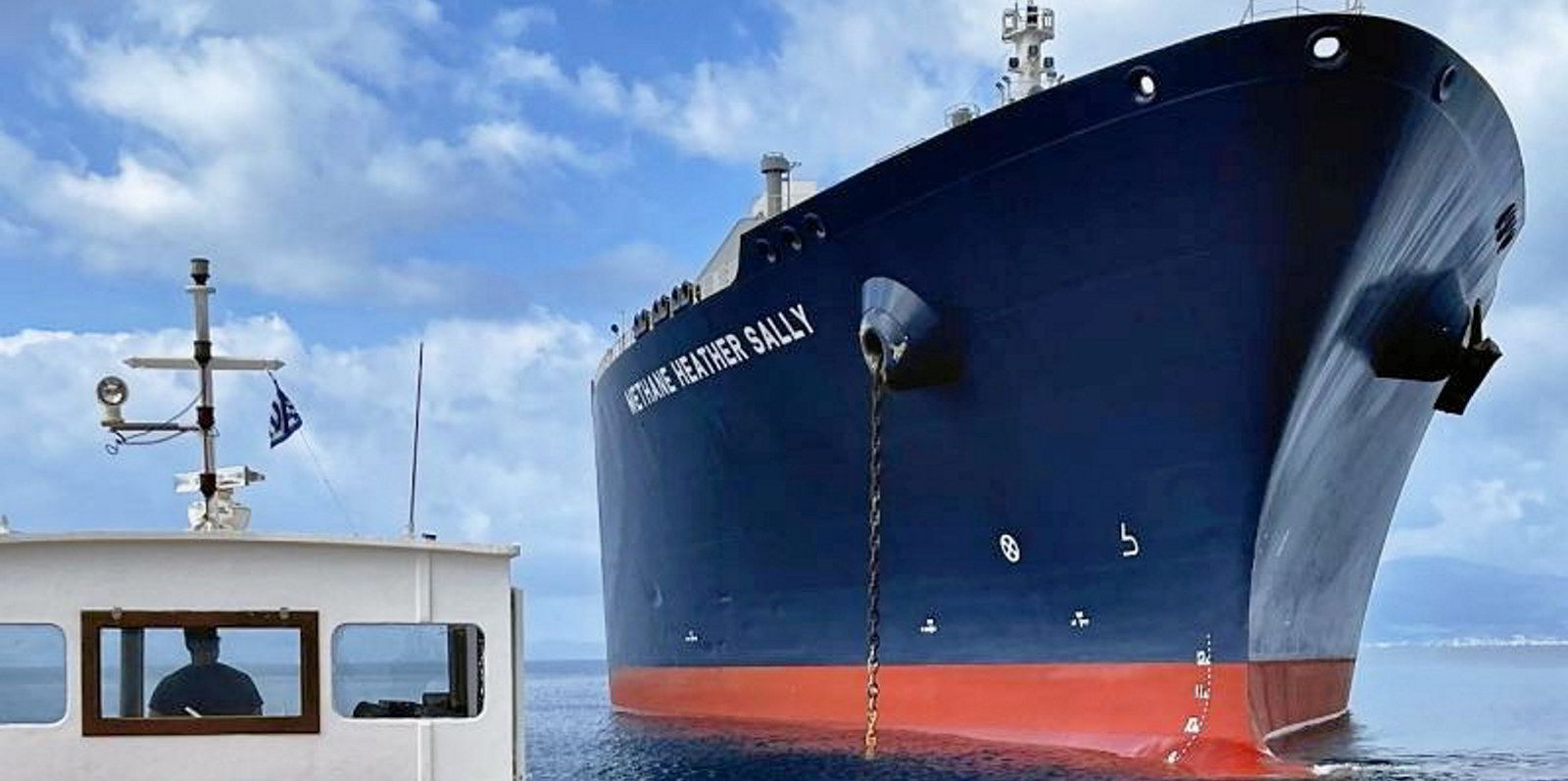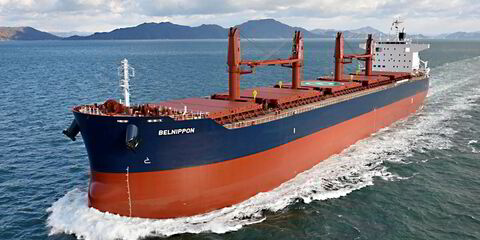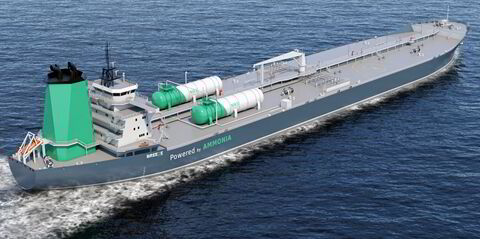Owners of some LNG carriers are already making calculations on the speed reductions they will probably need to make to comply with new International Maritime Organization regulations.
Those with steam turbine vessels, and some with dual-fuel diesel-electric ships, are grappling with the decision ahead of the Energy Efficiency Existing Ship Index (EEXI) and Carbon Intensity Indicator (CII) regulations that hit the sector in 2023.
But they will have to wait until later next year — just months before the rules come into force — until the International Association of Classification Societies provides final guidance.
The expected speed reduction for LNG steamships is a sensitive subject that will entail discussions with charterers.
Some owners proved coy on the topic.
One Japanese shipowner with a large number of steamships estimated they will need to reduce their speeds to 17 or 18 knots, depending on the ship. But he admitted it is “quite a difficult task” to deal with.
Modifications
Teekay director of marine and technical services James Cruickshank said: “The way that we will meet EEXI is through some sort of power limitation in the first instance.”
But, he added, there is talk that a form of multiplier could be introduced to allow vessels to burn more boil-off gas, enabling them to go faster.
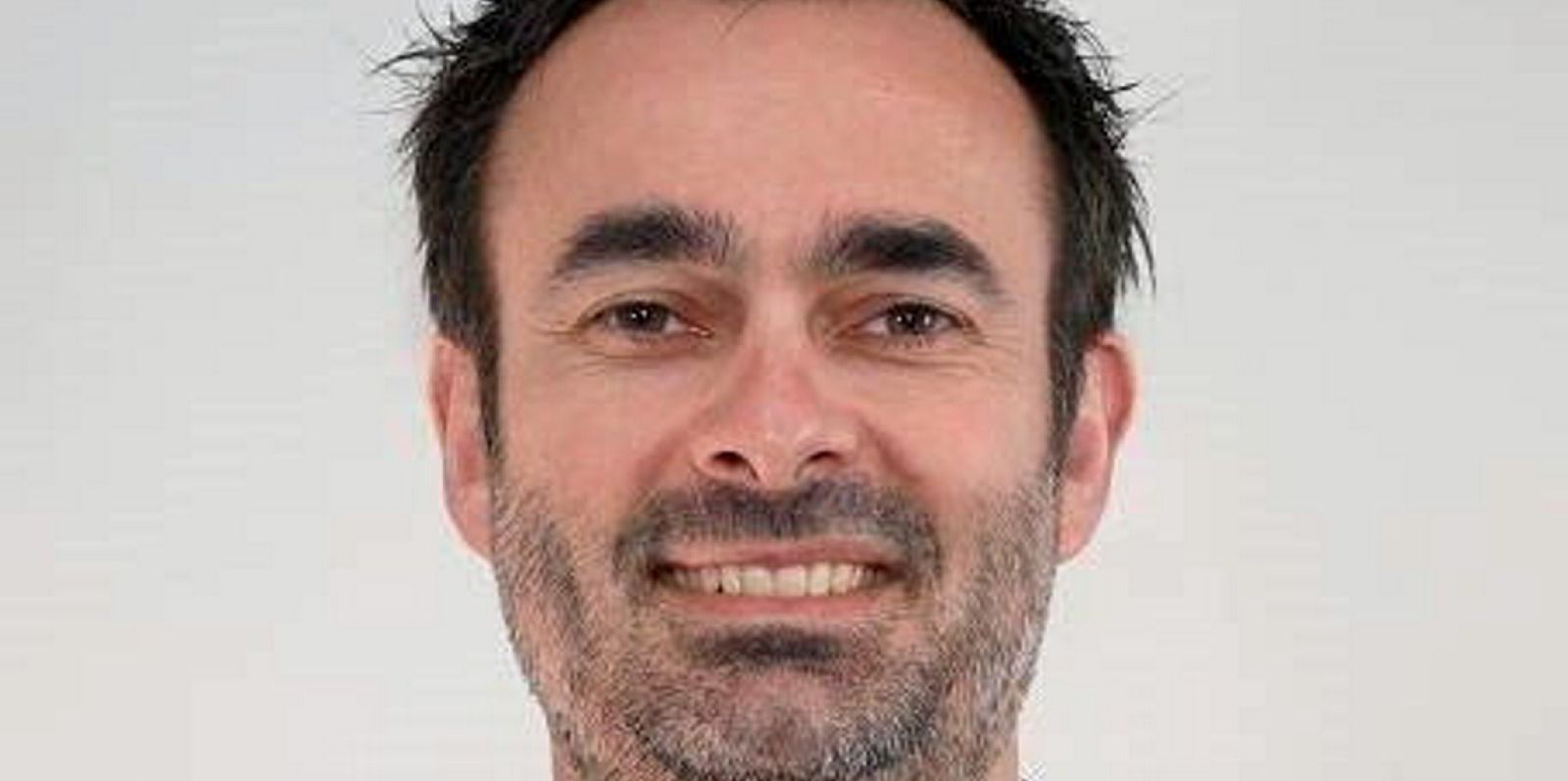
Cruickshank said Teekay is looking at a wide range of efficiency improvement options — including waste heat recovery systems, air lubrication, wind power, on-board carbon capture and using the company’s new digital platforms to monitor a ship’s condition — in a fleetwide project.
Teekay has not yet booked any vessel modifications, he added, but is “very close” to doing some.
“We really need the clarity from the IMO and class as to what the final guidelines will be so we can determine where we actually need to get to,” he said.
Lever pulling
Another European owner with steamships is not optimistic about being able to make modifications to the vessels that will improve their efficiencies and CII ratings.
“For existing ships there are only so many levers left you have to pull,” he said.
BW LNG managing director Yngvil Asheim, whose fleet includes 11 steamships, said that with the advent of CII, charterers’ orders will be key and there needs to be much closer collaboration between charterers and operators.
“One of the biggest things for the whole industry over the next couple of years is to work together, owner and charterers, to see how we can put in place tools to optimise and reduce emissions as much as we can,” she said.
